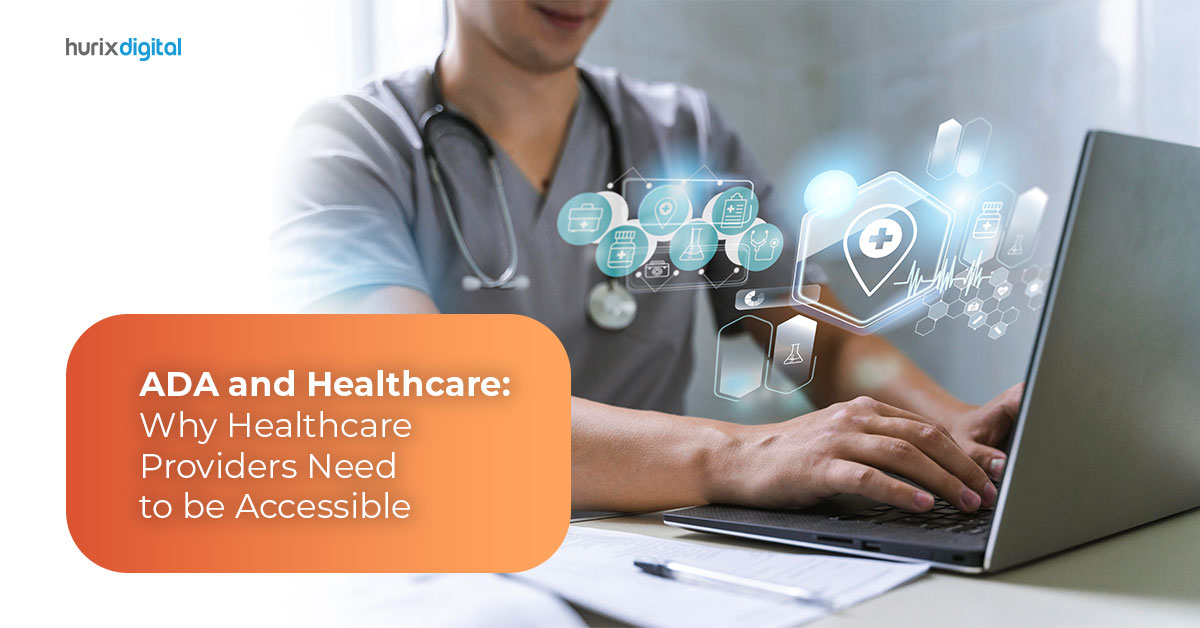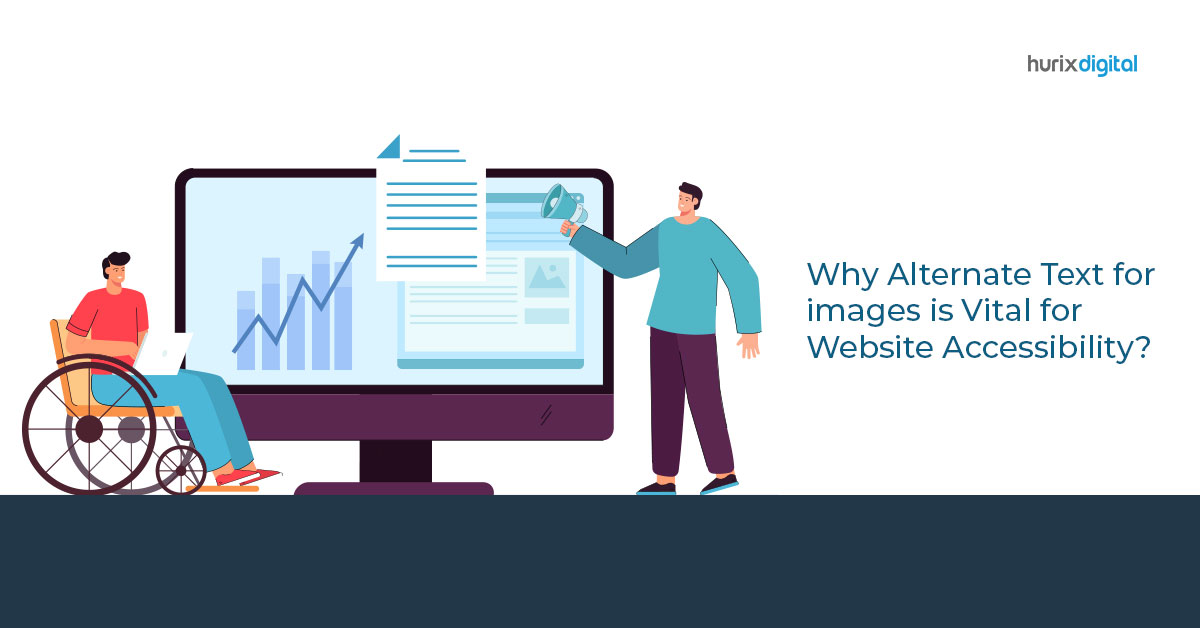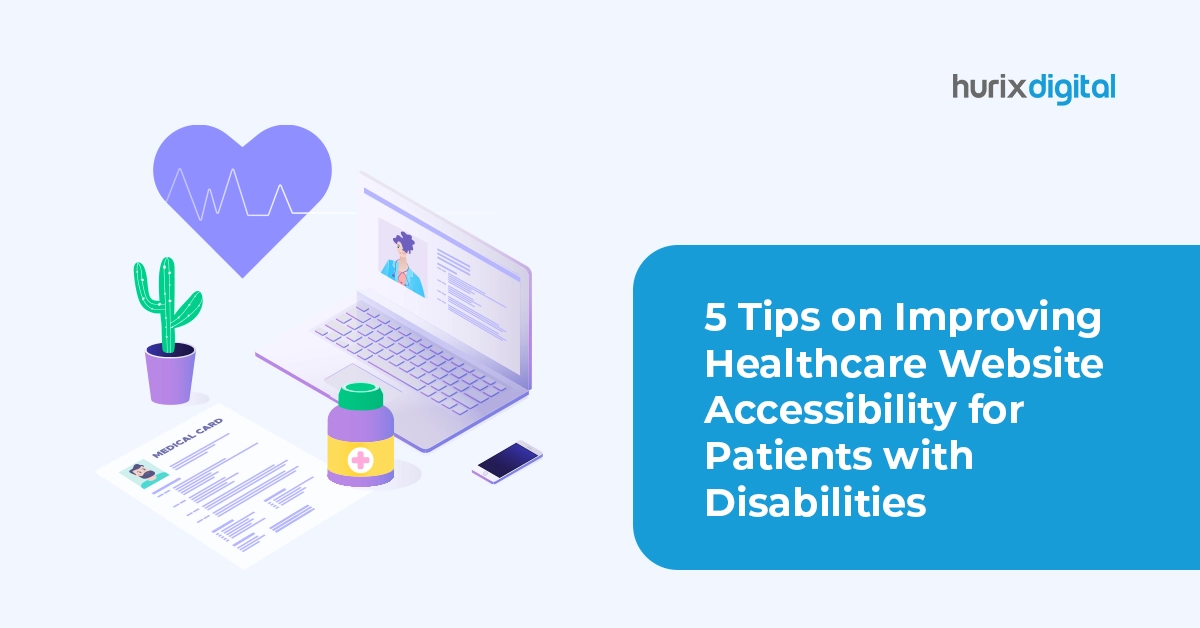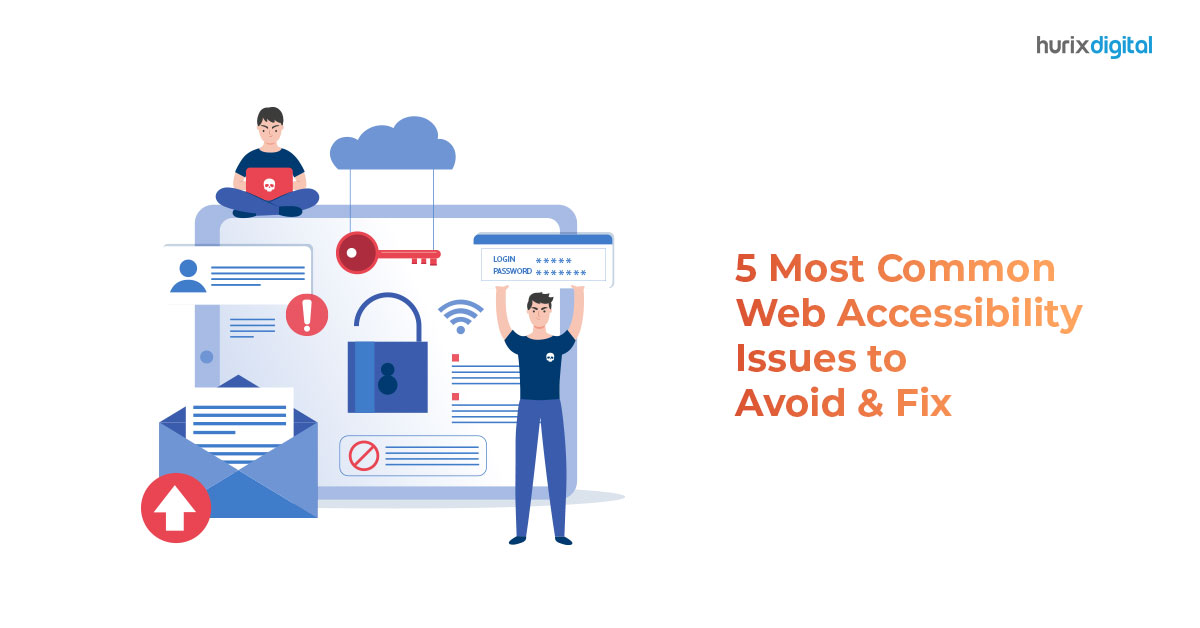
ADA And Healthcare: Why Healthcare Providers Need To Be Accessible?
Summary
This article focuses on why healthcare providers must ensure their services are accessible to all patients, including those with disabilities.
Ever wondered “Why is access to healthcare important”? Well, ADA, commonly known as the Americans with Disabilities Act, is a prominent regulation that forbids prejudice against individuals with disabilities. In addition, legislated in 1990, the Americans with Disabilities Act ensures that people with disabilities have fair access to public services, including healthcare.
Also, despite the ADA’s attempts, numerous healthcare providers still struggle to deliver accessible and affordable care for individuals with disabilities. This blog focuses on why healthcare providers need to be accessible and how they can improve accessibility.
Table of Contents:
- Three Reasons Why Healthcare Providers Need to be Accessible
1. Understanding The Significance Of Accessibility In Healthcare
2. Advantages Of Improving Accessibility In Healthcare
3. Measures Healthcare Providers Can Take To Improve Accessibility - Final Words
Three Reasons Why Healthcare Providers Need to be Accessible
1. Understanding The Significance Of Accessibility In Healthcare
ADA accessibility in healthcare implies that people with disabilities can access healthcare assistance without constraints or prejudice. Moreover, it comprises access to medical equipment, physical areas, communication, and accommodations. In addition, accessibility in healthcare is a statutory prerequisite under the Americans with Disabilities Act and an ethical and moral obligation.
People with disabilities face considerable hindrances when accessing healthcare. These obstacles include physical hindrances, such as inapproachable buildings and tools, and communication hindrances, such as medical service providers not being qualified to communicate with people with disabilities.
Furthermore, these barriers can lead to delays in treatment and diagnosis, increased healthcare expenses, and even medical blunders or lack of ADA web compliance. Nevertheless, by improving accessibility in healthcare, medical service providers can guarantee that people with disabilities obtain timely and reasonable supervision.
It can enhance medical outcomes, lower healthcare expenses, and improve patient satisfaction.
2. Advantages Of Improving Accessibility In Healthcare
Improving accessibility in healthcare can help both patients and ensure better ADA compliance with websites. Below are a few key benefits:
- Enhanced Patient Results:
Better healthcare accessibility can enhance patient results. Patients with seamless access to medical care are more likely to seek timely medical attention, resulting in early diagnosis and treatment of medical conditions.
It, in turn, can lead to more suitable health outcomes and an enhanced quality of life for patients.
- Increased Treatment Plan Adherence:
Patients accessing medical care are more likely to adhere to their treatment plans. When patients face barriers to accessing medical care, they may be less likely to follow through with their treatment plans, leading to worse health outcomes.
By improving healthcare ADA website accessibility, patients can receive the medical care they need, leading to better adherence to treatment plans and improved health outcomes.
- Increased Patient Contentment:
Patients who can effortlessly access medical care are more content with their healthcare experience. When healthcare facilities are readily accessible, patients are more likely to feel at ease during their medical appointments.
It can help improve patient satisfaction and promote better patient-provider communication, eventually enhancing health outcomes.
- Reduced Healthcare Expenses:
Improving healthcare accessibility can help lower healthcare expenditures. By promoting easy access to medical care, patients are less likely to delay seeking medical care, which can result in more extensive and expensive health issues.
Also, increasing access to preventative care makes patients less likely to require expensive medical treatments in the future.
- Improved Population Health:
Improving healthcare accessibility can also help improve overall population health.
Having access to quality medical care can lead to better health outcomes for the entire population, reducing the disease burden and enhancing overall population health.
- Extended Healthcare Access For Vulnerable Peoples:
Improving healthcare accessibility can help improve access to healthcare for vulnerable people, such as low-income individuals, older adults, and those with disabilities.
These populations may face barriers to accessing healthcare. Still, by improving healthcare accessibility, they can receive the medical care they need, ultimately leading to better health outcomes and an enhanced quality of life.
Also Read: Slicing the Importance of Digital Accessibility in the Healthcare Industry
3. Measures Healthcare Providers Can Take To Improve Accessibility
Healthcare accessibility is crucial to ensuring patients can access healthcare services, facilities, and data easily. Nevertheless, many people face considerable barriers, such as cost, distance, language, and culture, when accessing healthcare assistance.
In addition, as a healthcare service provider, you are accountable for guaranteeing that all patients have access to your assistance regardless of their circumstances or background. Below are some steps that you can take to improve healthcare accessibility for your patients:
- Offering Numerous Communication Channels
Diverse patients may have different communication choices, and as a healthcare service provider, you should offer numerous communication mediums to cater to their requirements.
For instance, some patients like phone calls, others prefer emails, and some prefer face-to-face interaction. Also, your communication mediums should be accessible to individuals with disabilities, like you can use videos to interact with patients with hearing issues.
- Translating Information Into Different Languages
Language barriers hinder healthcare accessibility, and patients who cannot speak or understand the language used by healthcare providers may find it difficult to access information and services.
To improve accessibility, you should translate essential information such as brochures, instructions, and consent forms into multiple languages. Employing multilingual staff or interpreters to communicate with patients who do not speak the same language as you can also be helpful.
- Executing Telemedicine
Telemedicine is the utilization of technology to deliver healthcare assistance remotely. It can potentially enhance accessibility by lowering geographical hindrances and cutting the expense of healthcare services.
As a healthcare provider, you should consider enforcing telemedicine services to make your services more accessible to patients who cannot visit your facility physically. Telemedicine can also provide remote diagnosis, consultations, and treatment.
- Making Facilities Accessible
Accessibility also involves making physical spaces accessible to people with disabilities. You should ensure that your facilities are designed to accommodate people with disabilities.
For instance, you can install ramps, handrails, and accessible toilets to make your facility more accessible to individuals with mobility problems.
- Providing Transportation Assistance
Transportation is another significant deterrent to healthcare accessibility, particularly for people residing in rural areas or those without dependable transportation.
As a healthcare provider, you should consider providing transportation assistance to patients who require it. Collaborating with local transportation institutions to provide your patients with discounted or free transportation services can be viable.
- Educating Patients
Many patients may not be aware of the services and resources available to them. As a healthcare provider, you should take the initiative to educate your patients about the services and resources available to them.
Providing brochures, flyers, and other educational materials can help patients understand their options.
Also Read: Healthcare Access for All: Navigating USA’s Digital Accessibility Standards
Final Words
The Americans with Disabilities Act is a crucial regulation that guarantees people with disabilities equal access to public assistance, including healthcare. Nevertheless, despite this regulation, numerous healthcare service providers still struggle to provide accessible healthcare solutions.
Healthcare providers should take steps to assess accessibility, provide disability awareness training, ensure physical accessibility, improve communication, and make accommodations to meet the needs of individuals with disabilities. By doing so, healthcare providers can ensure that all patients receive timely and appropriate care, regardless of their abilities.
Moreover, Hurix Digital is an ideal solution for companies looking to enhance ADA accessibility. With their expertise in creating digital content and their dedication to providing accessible and inclusive learning experiences, Hurix can help organizations ensure that their content is compliant with ADA regulations. Thus, companies partnering with Hurix can provide an inclusive and accessible learning experience and promote an environment of equal access and opportunity.

Vice President – Digital Content Transformation. He is PMP, CSM, and CPACC certified and has 20+ years of experience in Project Management, Delivery Management, and managing the Offshore Development Centre (ODC).







